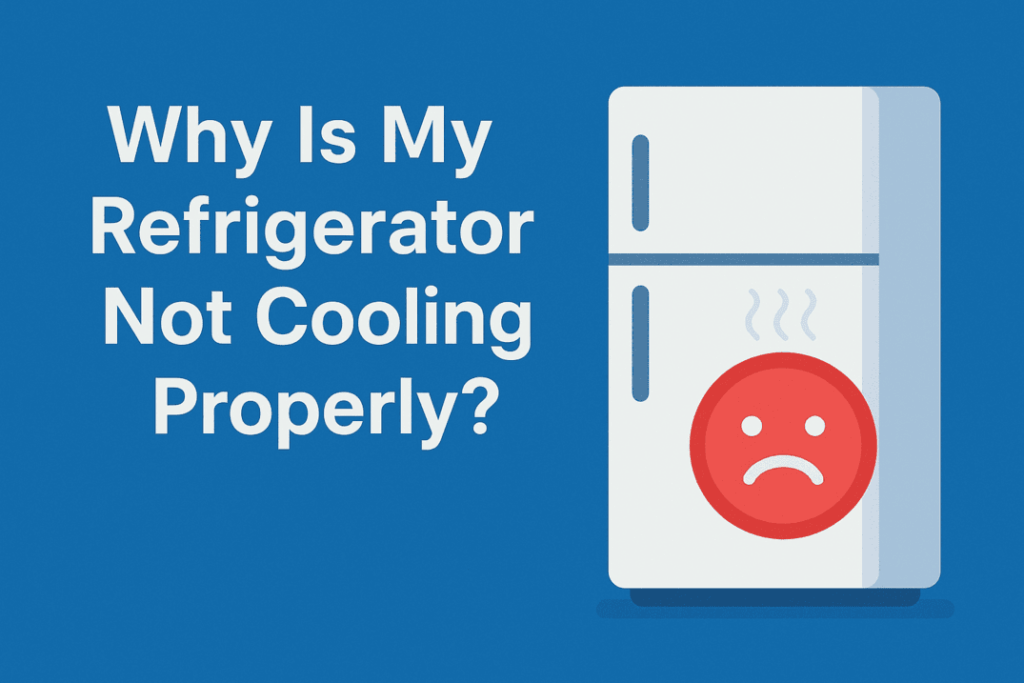Air source heat pumps are gaining popularity all over the UK. And it is very easy to see why. They are cost-effective, eco-friendly, and very efficient. And with the introduction of the ECO4 scheme, even many more homes can now have them installed at no cost.
If you are thinking of making the energy-efficient leap, here is how the air source heat pump installation process works, and how to get your hands on government-backed Air Source Heat Pump Grants.
What is an Air Source Heat Pump?
Simply put, an air source heat pump is a low-carbon heating system. It draws in heat from the outside air and sends it through to heat your home and hot water.
Even when it is cold outdoors, a heat pump can still absorb heat and transfer it indoors. This is done using a system that’s similar to a fridge, just in reverse.
With high efficiency levels (often around 300 to 400%), air source heat pumps can reduce your carbon footprint and slash your heating bills. It is especially true if you are switching from an old gas or oil boiler.
Can You Have an Air Source Heat Pump Installed for Free?
Yes, if you qualify under the ECO4 scheme. The ECO4 is a government-funded scheme that is designed to help low-income families in order to get their homes more energy-efficient. One of the key things that it funds is free air source heat pumps and their installation.
Who Is Eligible?
You could be entitled to Air Source Heat Pump Grants through ECO4 if:
- You are a homeowner or private tenant
- A member of your household is receiving an eligible benefit (i.e., Universal Credit, Income Support, Pension Credit, etc.)
- You have no gas metre connected to your property.
- Your house has a low EPC rating (usually D, E, F, or G)
- You have an old or inefficient heating system
Step-by-Step: Installation of Air Source Heat Pump
Let’s walk you through step by step what the whole installation process is like — from checking that you’re eligible for a grant to switching on your new system.
Step 1: Grant Eligibility Check
The starting point is to check whether you are eligible for the ECO4 scheme. Most ECO4 installers provide a quick online form. You simply need to fill in:
- Your postcode and type of property
- A bit of information about your current heating system
- Whether anyone in your home receives government benefits
- Once submitted, you’ll usually hear back within a few days.
Step 2: Free Home Survey
If you’re eligible, the next step is a free home assessment. An expert will visit your property to:
- Check your current heating system
- Review your home’s insulation and layout
- Calculate your heating needs
- Recommend the best location for the heat pump and the inside unit
This survey is essential for making sure the right size and type of system is installed.
Step 3: Choosing the Right System
Not all homes are created equal, and not all heat pumps are created equal. Based on your home’s size, insulation, and energy usage, the installer will select the most suitable air source heat pump model.
You might also be offered additional upgrades for no extra charge, such as:
- Loft insulation
- Cavity wall insulation
- Smart thermostats
- Radiator upgrades (to optimise heat distribution)
Step 4: Preparing Your Home
There could be a bit of prep prior to installation day. You might need to:
- Clear the space outside for the heat pump unit
- Shift furniture away from radiators or heating controls
- Give your existing boiler and pipework access
Don’t fret, your installer will talk you through it, and in most cases, it’s minimal hassle.
Step 5: Installation Day
Installation will take 2 to 3 days, depending on your home. This is what will happen overall:
- The outside unit is fitted externally (normally at the rear or side of the property)
- An indoor control unit and hot water cylinder are fitted internally
- Your old boiler is safely removed and disconnected (if required)
- Any pipework or electrical work inside
- Smart thermostats or controls are installed (if required)
The whole job is done by qualified professionals who maintain very high standards of safety and quality.
Step 6: Testing and System Handover
Once the system has been installed:
- The engineer will test it thoroughly
- They will explain to you how everything works
- You will know how to use the thermostat, change temperatures, and schedule heat
They’ll also teach you how to maintain your system for maximum efficiency long-term.
Step 7: Warmer Home and Lower Bills
That’s all. Install it, and your home will stay warm and comfortable, especially during winter. The majority of homes experience a noteworthy decline in heating bills and improved indoor comfort, more so if they had no central heating system or an old one in place previously.
What’s Included in the ECO4 Air Source Heat Pump Grant?
When you receive Air Source Heat Pump Grants on the ECO4 scheme, this is what you receive included completely free:
- New A-rated air source heat pump
- Full professional installation
- New hot water cylinder and relevant pipework
- Smart thermostat or heating controls
- Loft or cavity wall insulation (if needed)
- Radiator upgrades (if your current ones are inefficient)
- No upfront cost, and the whole process is taken care of for you.
Top Key Benefits of Having an Air Source Heat Pump Installed
- Lower Bills: Heat pumps do it at a fraction of the cost — 3–4 units of heat for 1 unit of electricity.
- ECO4 Zero Upfront Cost: Upgrade it for free with government funding.
- Going Green: Help reduce your carbon footprint by switching to a greener source of power.
- Long-Term Cost Savings: Operating costs are the same (or less) as gas boilers, especially with insulation upgrades.
- Low Maintenance Requirements: Heat pumps are zero maintenance once installed and need little upkeep.
Things to Consider
With any heating system, the following are some considerations prior to moving forward:
- Outdoor Space: Outdoor space for the unit — preferably well ventilated.
- Home Insulation: Your residence is to be properly insulated for peak performance.
- Heating Type: Heat pumps are “low and slow,” and therefore also appropriate for large radiators or underfloor heating.
- Electricity Prices: While electricity is more expensive per unit than gas, the efficiency of heat pumps makes up for it.
The Bottom Line
Air Source Heat Pumps are amongst the top ways of future-proofing your home heating. With the UK government opening the door to the present through the ECO4 scheme.
There could not be a more perfect time than today to make the switch over, especially if you qualify for Air Source Heat Pump Grants. To maintain system efficiency and prevent sludge buildup, it’s also worth considering the best central heating inhibitor.
With the plan designed in steps as discussed above, not only will you be saving your electricity bill, but your home will also be warmer, greener, and more efficient.









